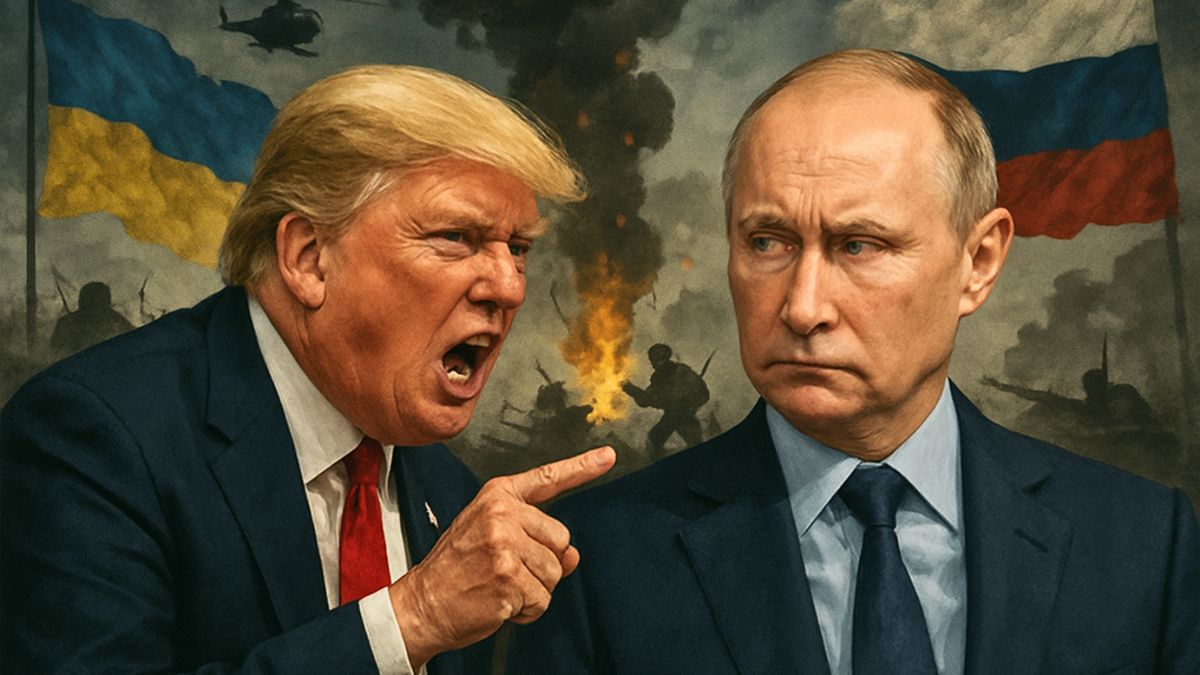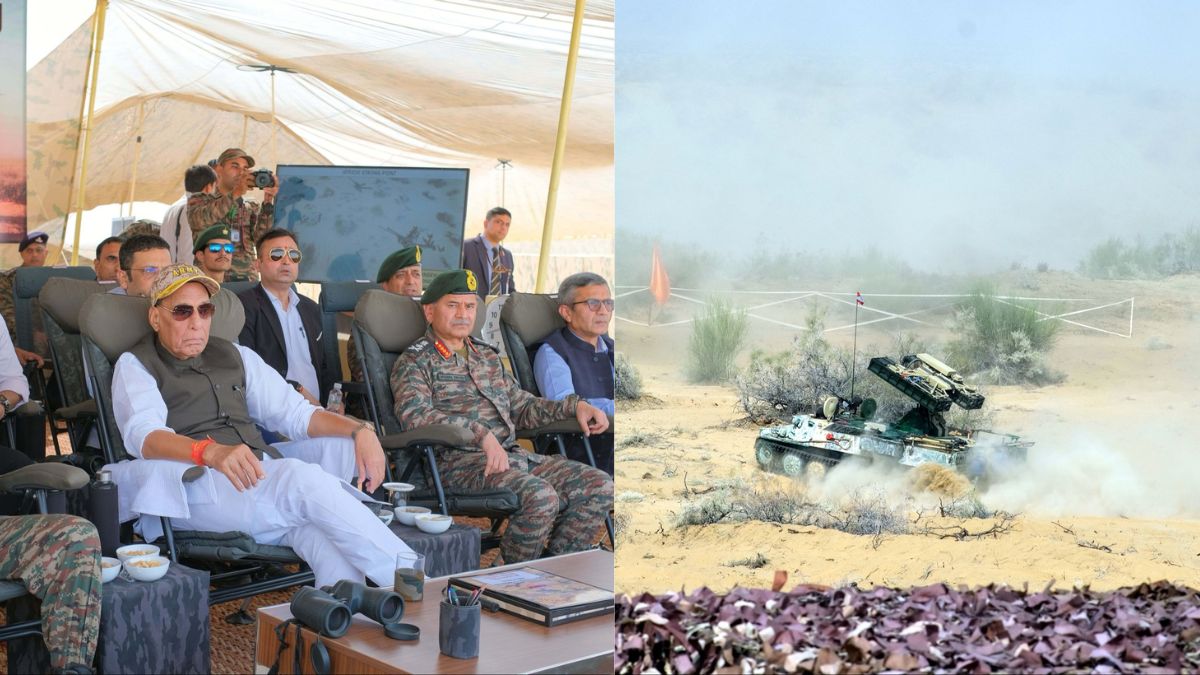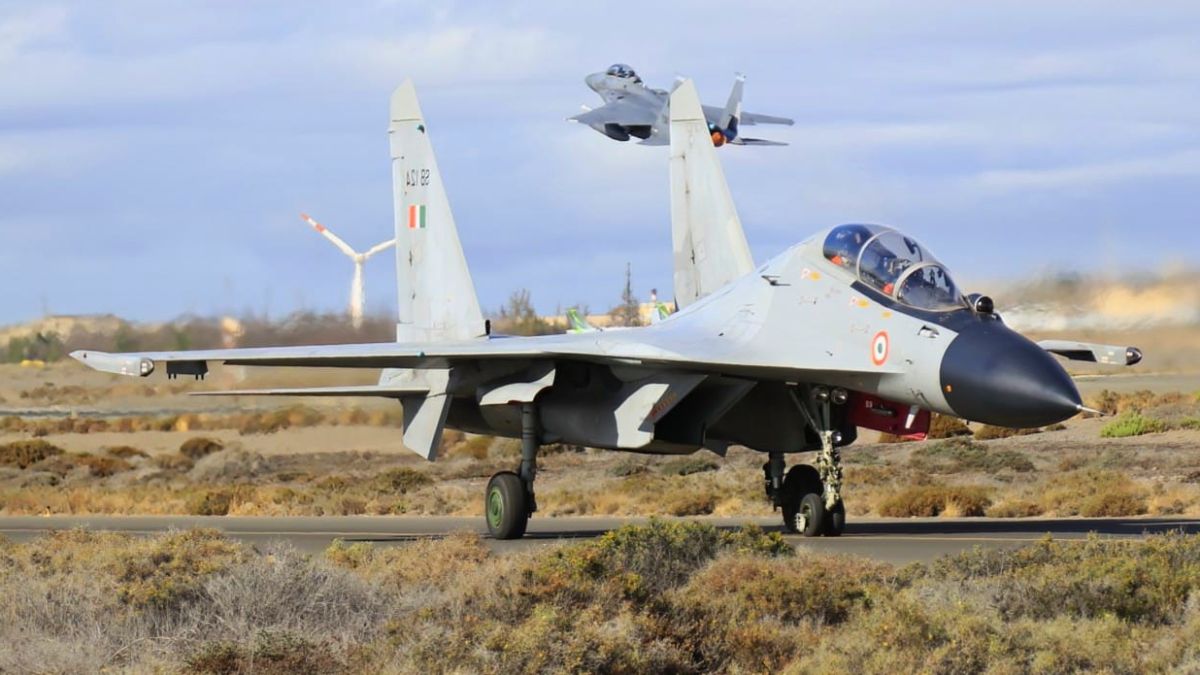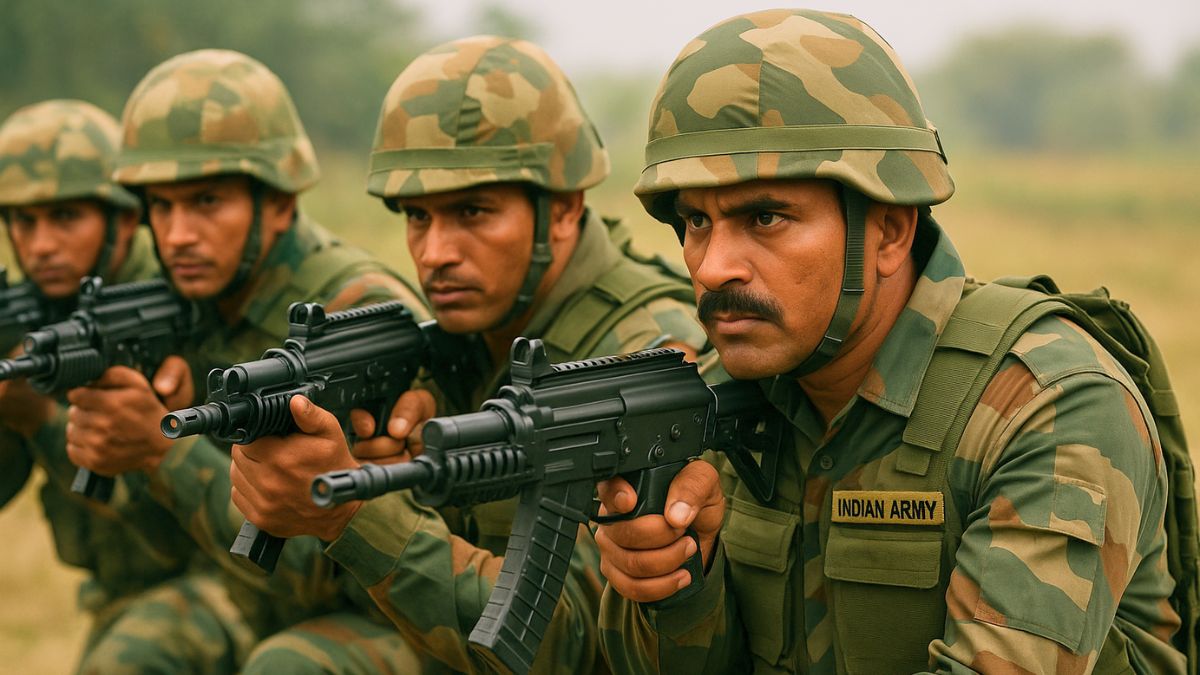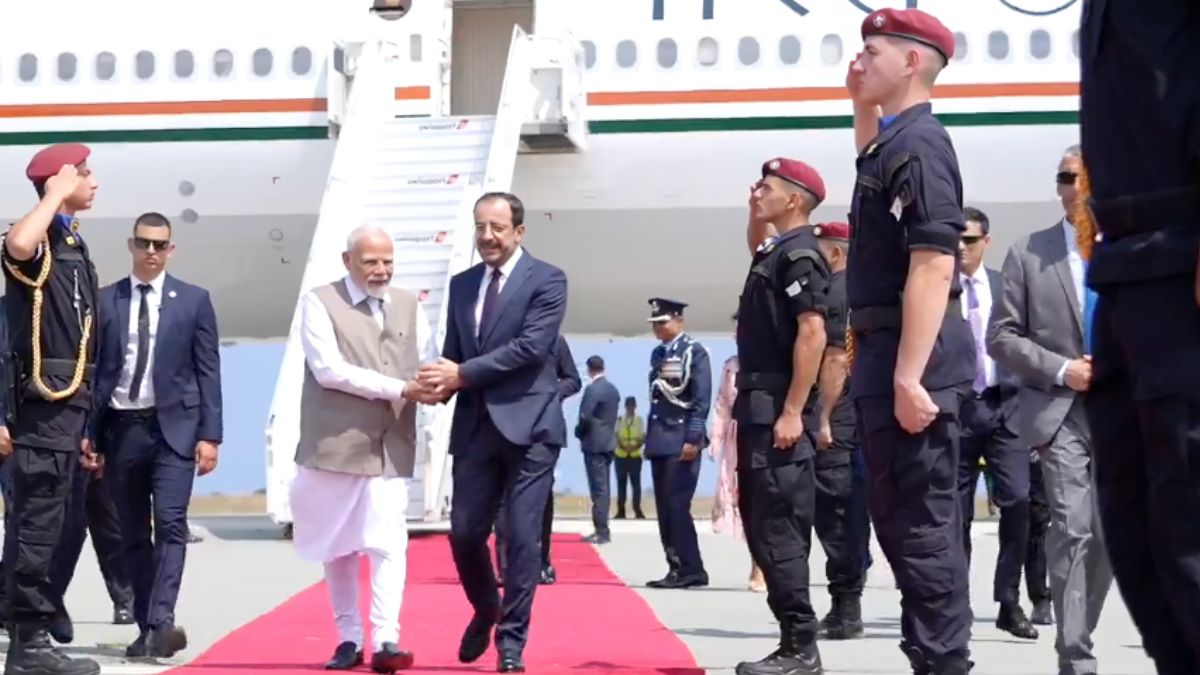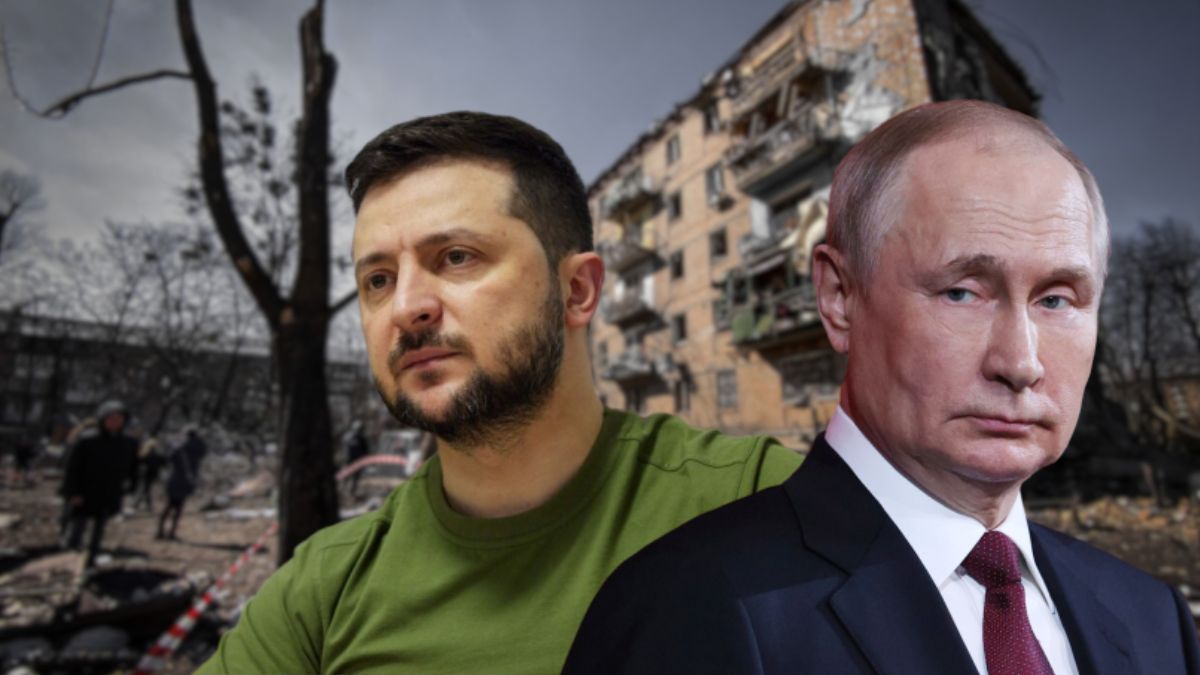As Trump Weighs Military Action In Venezuela, Maduro Ready With 5000 Russian Igla-S Air Defence Missiles
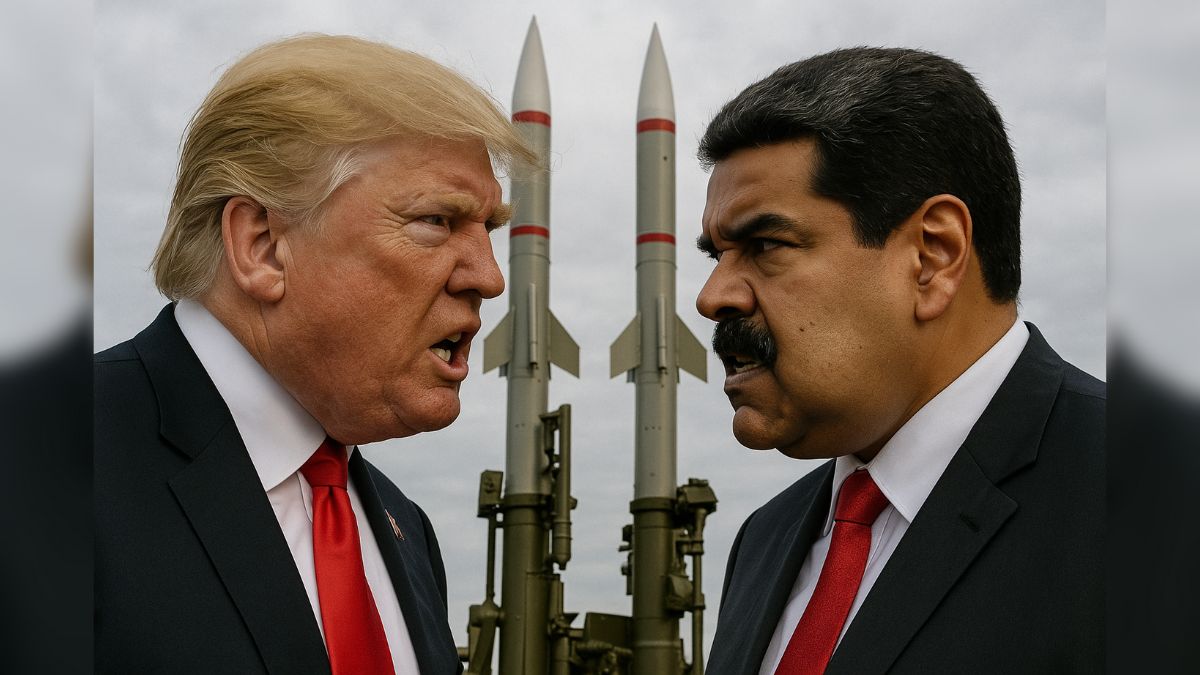
The Trump administration has been quietly laying the groundwork for potential military action inside Venezuela. Image courtesy: AI-generated picture via Sora
Three years after their weapons began clashing on Ukrainian soil, Russia and the United States could soon see their military technology collide once more, this time over the Caribbean skies. The face off could be seen in the Venezuelan skies as US President Donald Trump and Venezuelan President Nicolás Maduro warn each other.
As Trump ramps up his war on drug cartels in South America, Venezuelan President Maduro has drawn a red line, issuing a stern warning to Washington’s forces against encroaching near their airspace. In a fiery televised address, Maduro revealed that Venezuela possesses 5,000 Russian-made Igla-S surface-to-air missiles.
A formidable deterrent – Igla-S missiles – Maduro claims can “defend the homeland from imperial aggression.”
US-Venezuela tensions: What triggered the tensions?
The standoff follows Washington’s intensified anti-narcotics operations across the Caribbean and Latin America, a campaign that has rapidly taken on the contours of a strategic military deployment. In September 2025, the US dispatched 10 F-35B Lightning II stealth jets to the Roosevelt Roads base in Puerto Rico, a move widely viewed as a show of force near Venezuelan borders.
Equipped with stealth technology, short takeoff and vertical landing (STOVL) capabilities, and powerful electronic warfare systems, the F-35B fleet allows Washington to conduct rapid air operations across the region. Adding to this buildup, the US Southern Command now hosts:
- Three MQ-9 Reaper drones for surveillance and strike missions
- The Iwo Jima Amphibious Ready Group with over 4,500 Marines and sailors
- Three guided-missile destroyers, a cruiser, an attack submarine, and P-8 Poseidon reconnaissance aircraft
This unprecedented concentration of US firepower has raised alarm in Caracas and in Moscow.
How is Venezuela gearing up for a possible confrontation?
Instead of succumbing to Trump’s pressure, as he expects, President Maduro has emphasised Venezuela’s Russian-supplied air defense network, anchored by the Igla-S MANPADS, a shoulder-fired missile system capable of targeting low-flying aircraft, drones, and cruise missiles.
Lightweight, portable, and lethal, the Igla-S represents a low-cost but potent countermeasure to US aerial dominance. With 5,000 such missiles distributed across key military sites, Venezuela claims it can create an “impenetrable anti-air shield.”
According to Rosoboronexport, the Russian state company that exports Igla-S systems, they have a range of up to 6,000 meters and can reach targets at a maximum altitude of 3,500 meters. This is perhaps why defense analysts suggest Igla-S is far less vulnerable owing to the F-35’s stealth and countermeasure systems.
What is at stake for both sides strategically?
For Washington, the Caribbean mission extends beyond drug interdiction. Trump’s administration has accused Venezuela of harboring narcoterrorism networks and acting as a proxy for Russian influence in the Western Hemisphere. For Caracas, however, the buildup is a matter of national sovereignty.
Defense Minister General Vladimir Padrino has condemned the US presence as “military harassment” and vowed that Venezuela would “respond decisively to any violation of its airspace.” He has been photographed several times with the launchers in Caracas, according to a CNN report.
The tension also underscores Russia’s quiet but persistent footprint in Latin America. Moscow’s arms exports and military cooperation with Venezuela, including fighter jets, air defense systems, and training, have given the region renewed geopolitical weight in the global contest between East and West.
Could the Caribbean become the next global flashpoint?
While neither Washington nor Caracas appears eager for direct conflict, the simultaneous presence of F-35 stealth jets and thousands of Russian-made missiles creates an unpredictable and combustible environment. Even a minor provocation like a drone incursion, a misinterpreted maneuver could spiral into a regional military crisis.
What began as an anti-drug campaign could evolve into a proxy test between American airpower and Russian air defenses.
